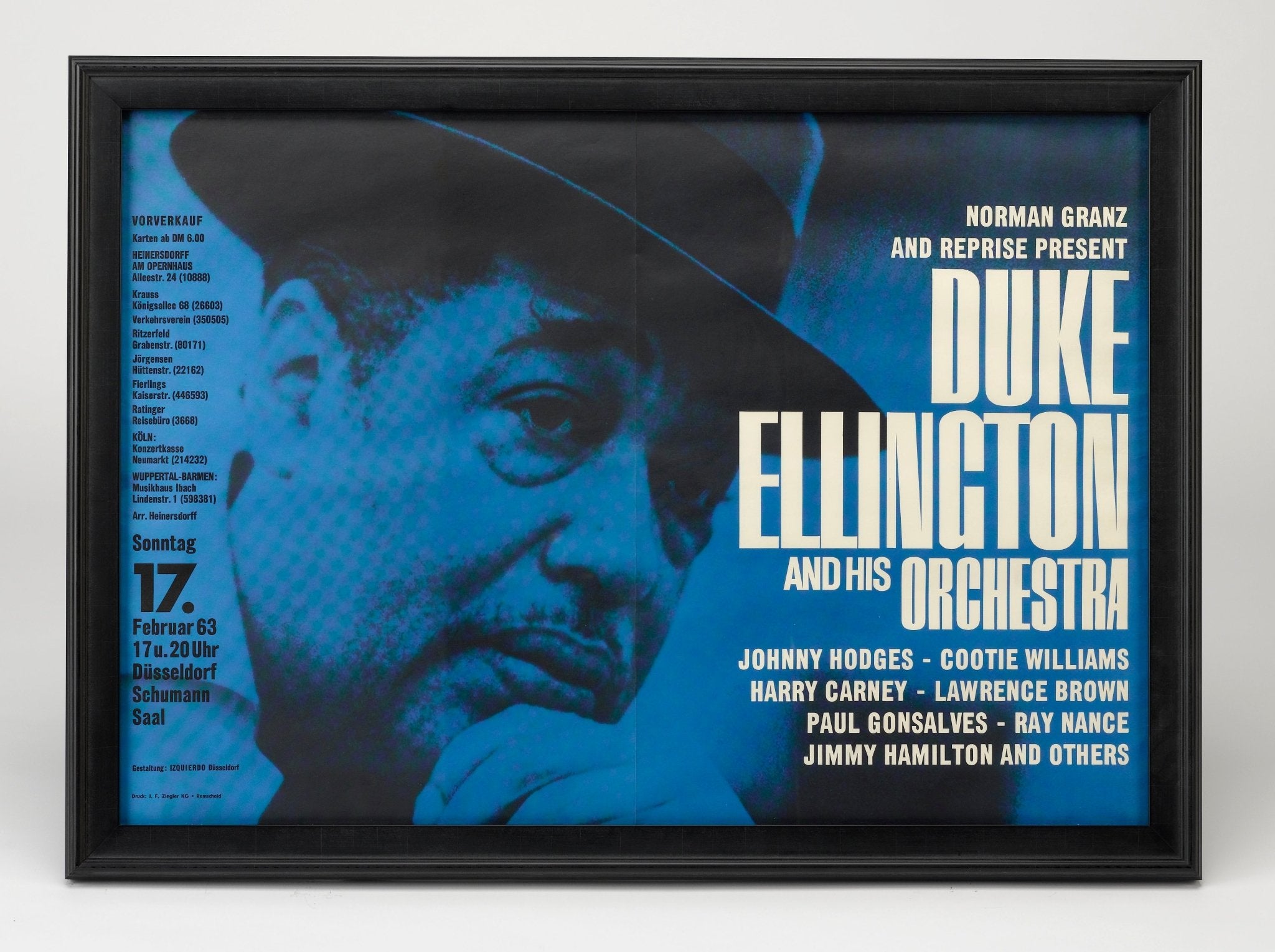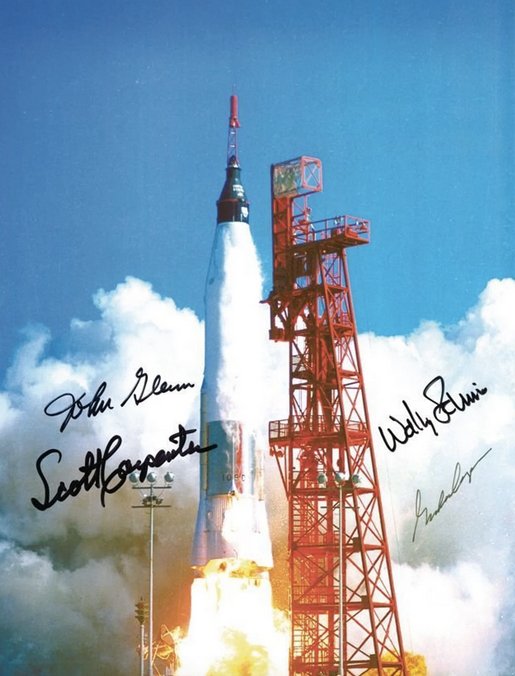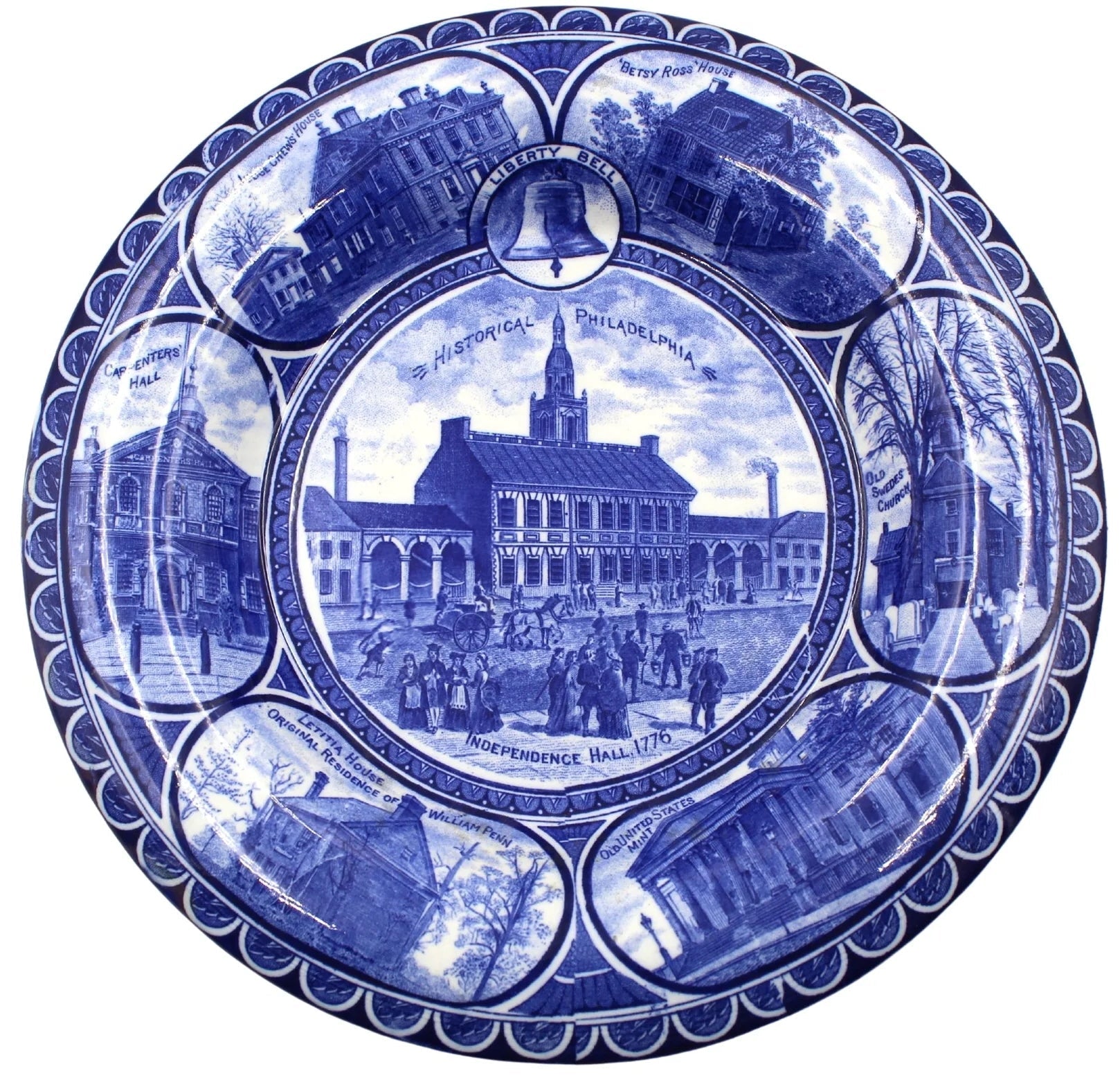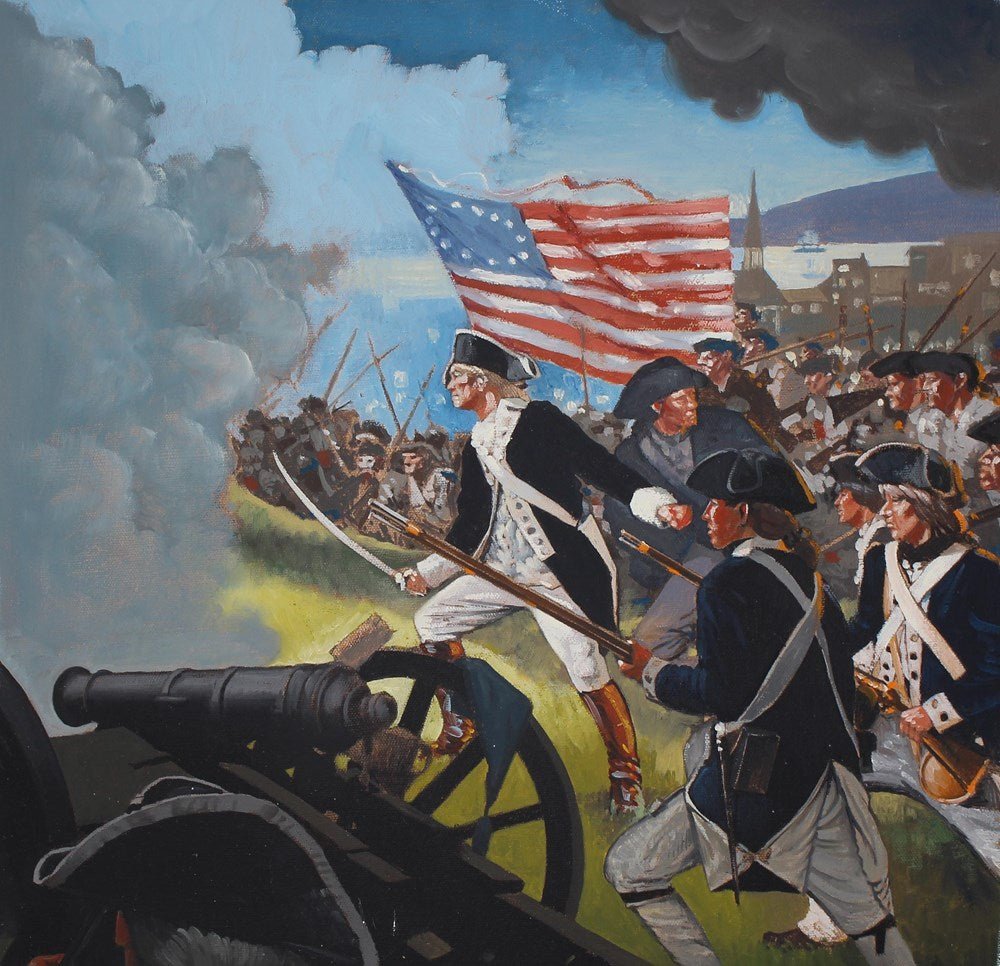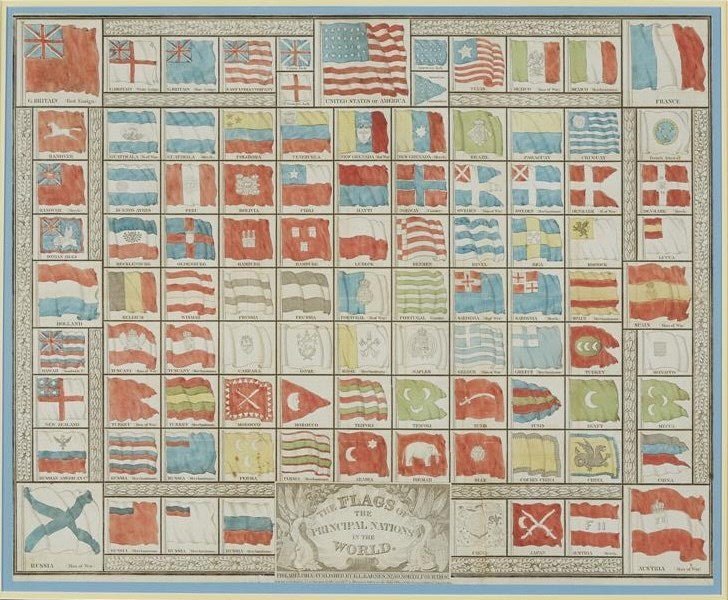After Remington: Bronze Sculptures Inspired by the Wild West
Who Was Frederic Remington?
Frederic Sackrider Remington (October 4, 1861 – December 26, 1909) was an American painter, illustrator, sculptor, and writer who specialized in depictions of the American Old West. He specifically concentrated his works on scenes from the last quarter of the 19th century in the Western U.S., featuring American Indians, cowboys, the U.S. Calvary, and other symbols of Western culture.
Polo Players, Bronze
After Frederic Remington
Remington was born and raised on the U.S. East Coast, where he was educated and trained in fine arts. Remington achieved considerable success in the American western frontier, where his career really took off. By the mid 1880’s, Remington was sent to Arizona by Harper's Weekly on a commission as an artist-correspondent to cover the government's war against Geronimo. He began making western illustrations for the newspaper and other popular New York magazines. Remington’s original works accompanied news reports to provide context to real-life situations.
The Horse Thief, Bronze
After Frederic Remington
Inspiration
Remington traveled west repeatedly and took inspiration from the life and culture he witnessed. He greatly admired the rough and intrepid cowboys and soldiers he met there. During his visits as a journalist, he wrote down the stories and experiences he heard from the people to later use in his own art. These stories were often rough around the edges, but Remington found inspiration in the raw aspects of western life. His art was often dynamic, intricate, and depicted climactic moments in time. This created a sense of awe, excitement, and action.
Remington produced over 3,000 signed works, most of them illustrations and paintings. He also became famous for his bronze sculptures, which produced a dynamic three-dimensional form of art. He created more than 20 stunning, energetic bronzes using the lost-wax method of casting.
The Wicked Pony, Bronze
After Frederic Remington
"After Remington"
Shown here is a statue that was created in the Remington style. The statue is "after" Remington, meaning it was produced by an artist who mimicked Remington’s original to produce an accurate copy. Signed “Museum Collections 1982 Cecil Golding,” the artist’s statue replicates Remington’s original The Wicked Pony. The Wicked Pony was a cast bronze completed by Remington in 1898, only shortly after his most famous sculpture The Bronco Buster was cast in 1895. Remington derived the work from an actual rodeo event where he witnessed a rider being thrown to the ground. For Remington, this pivotal moment made the sculpture that much more exciting.
See more sculptures on our website here.





